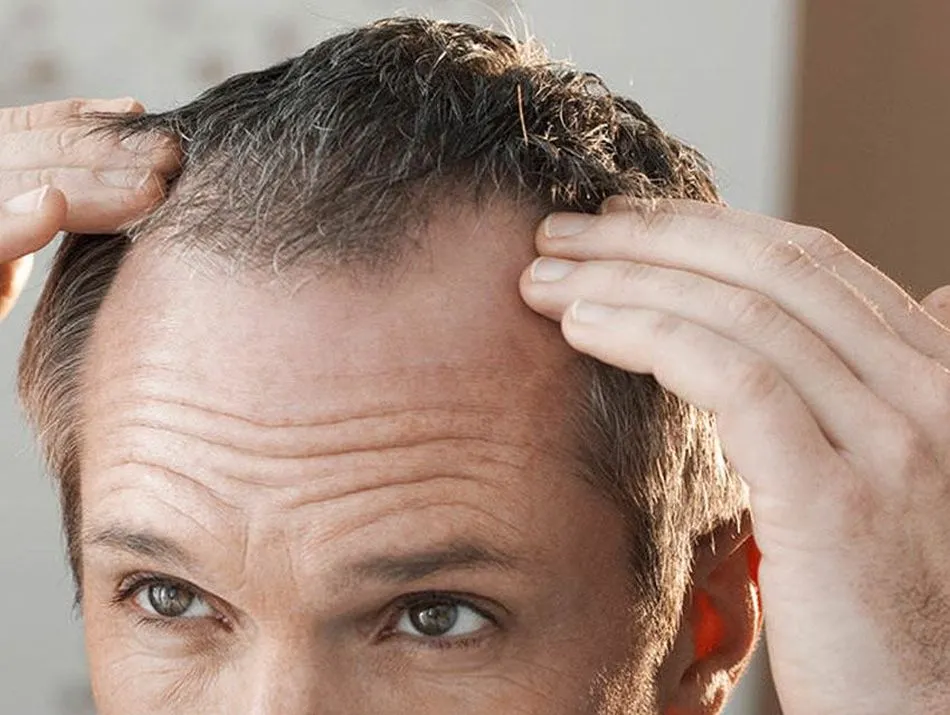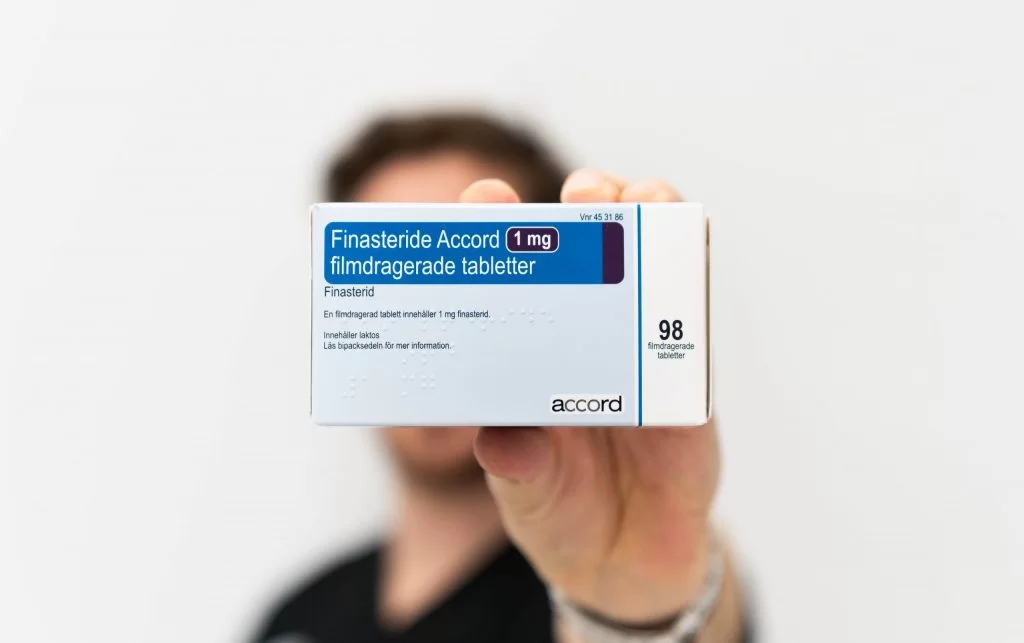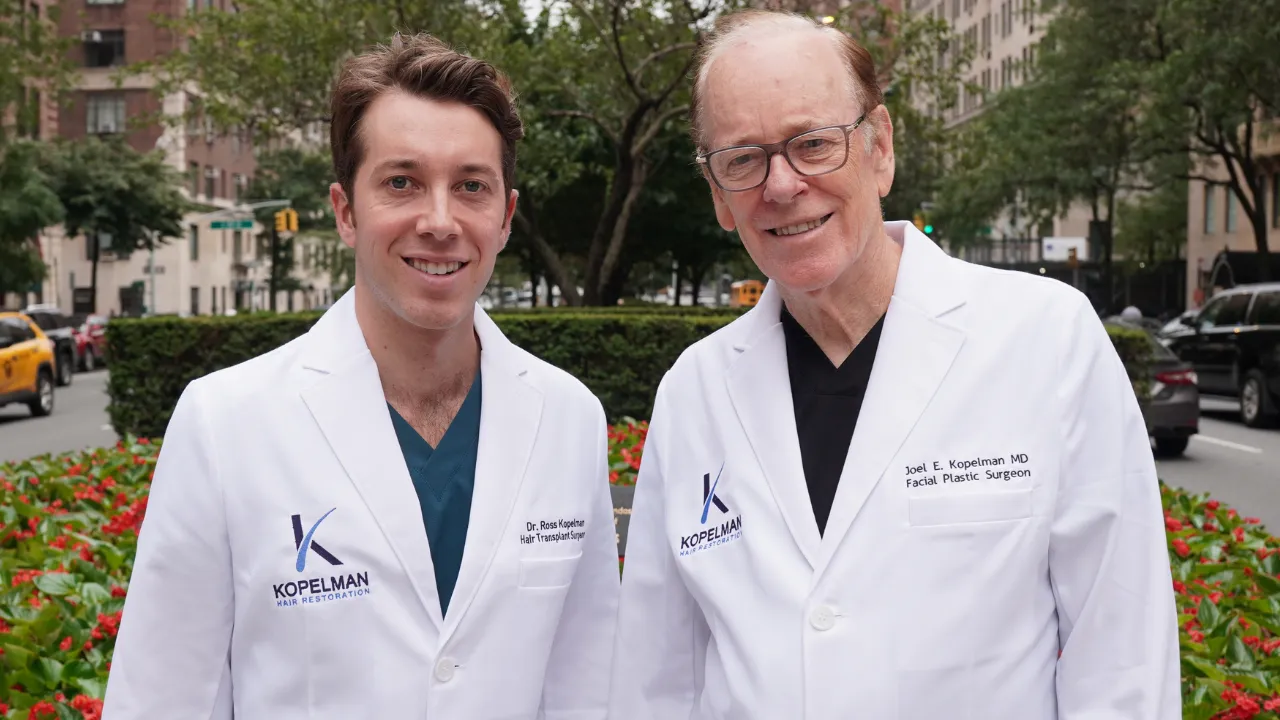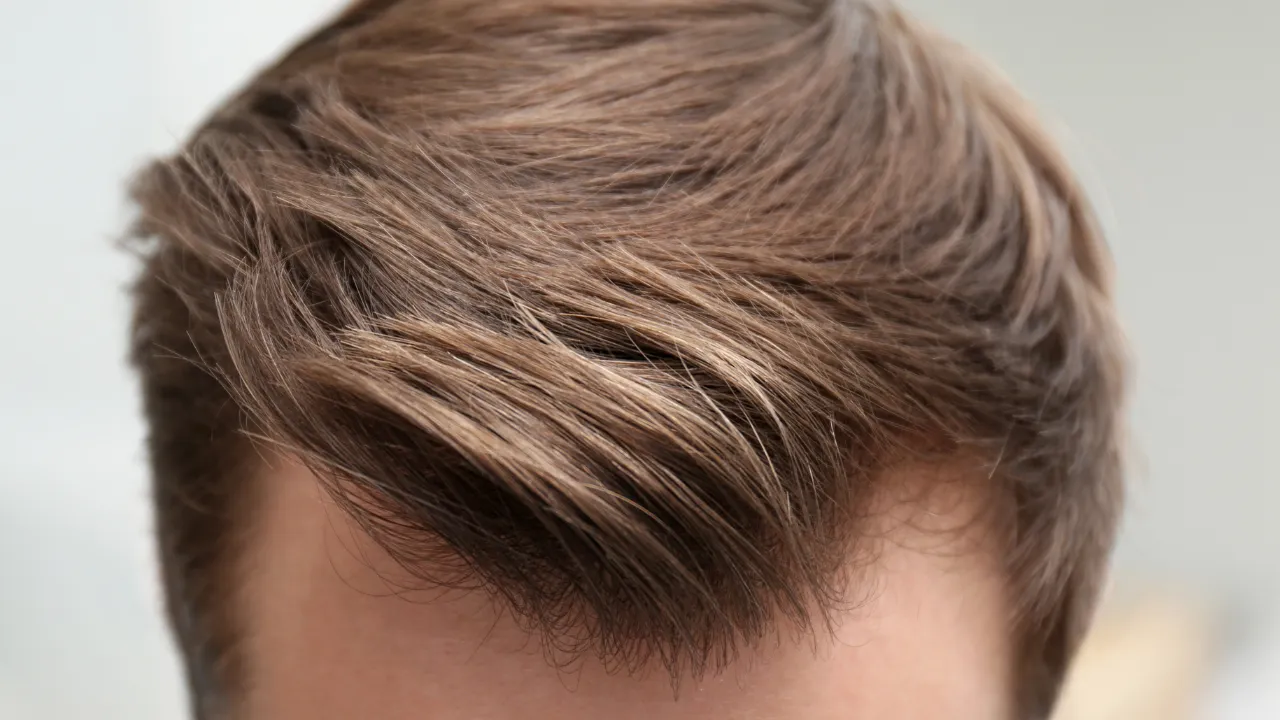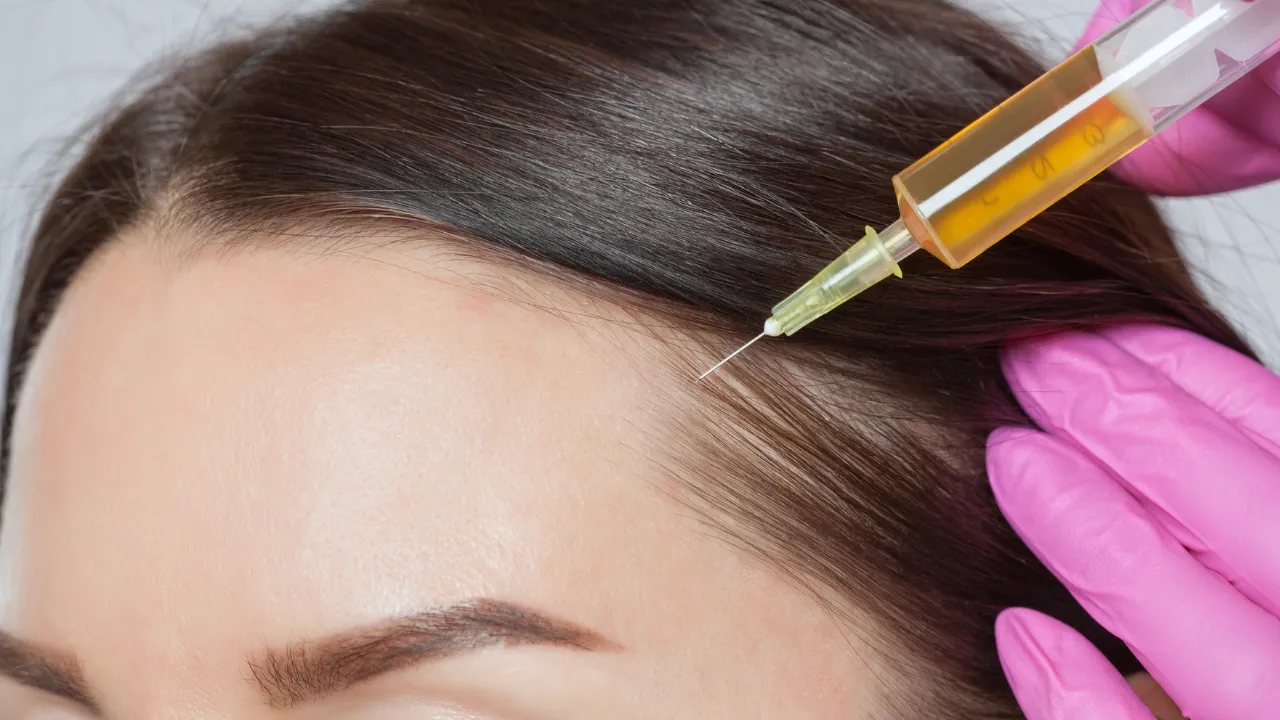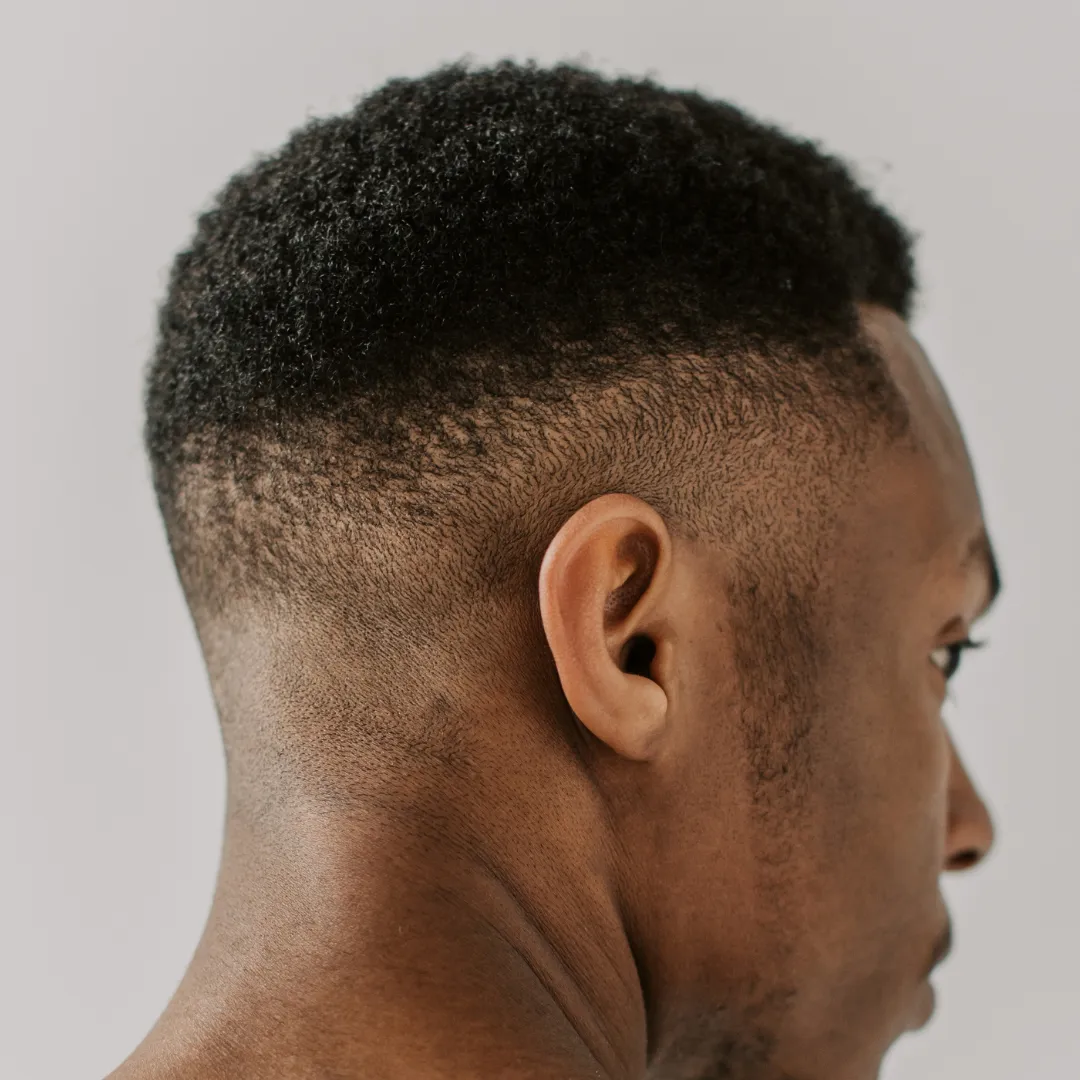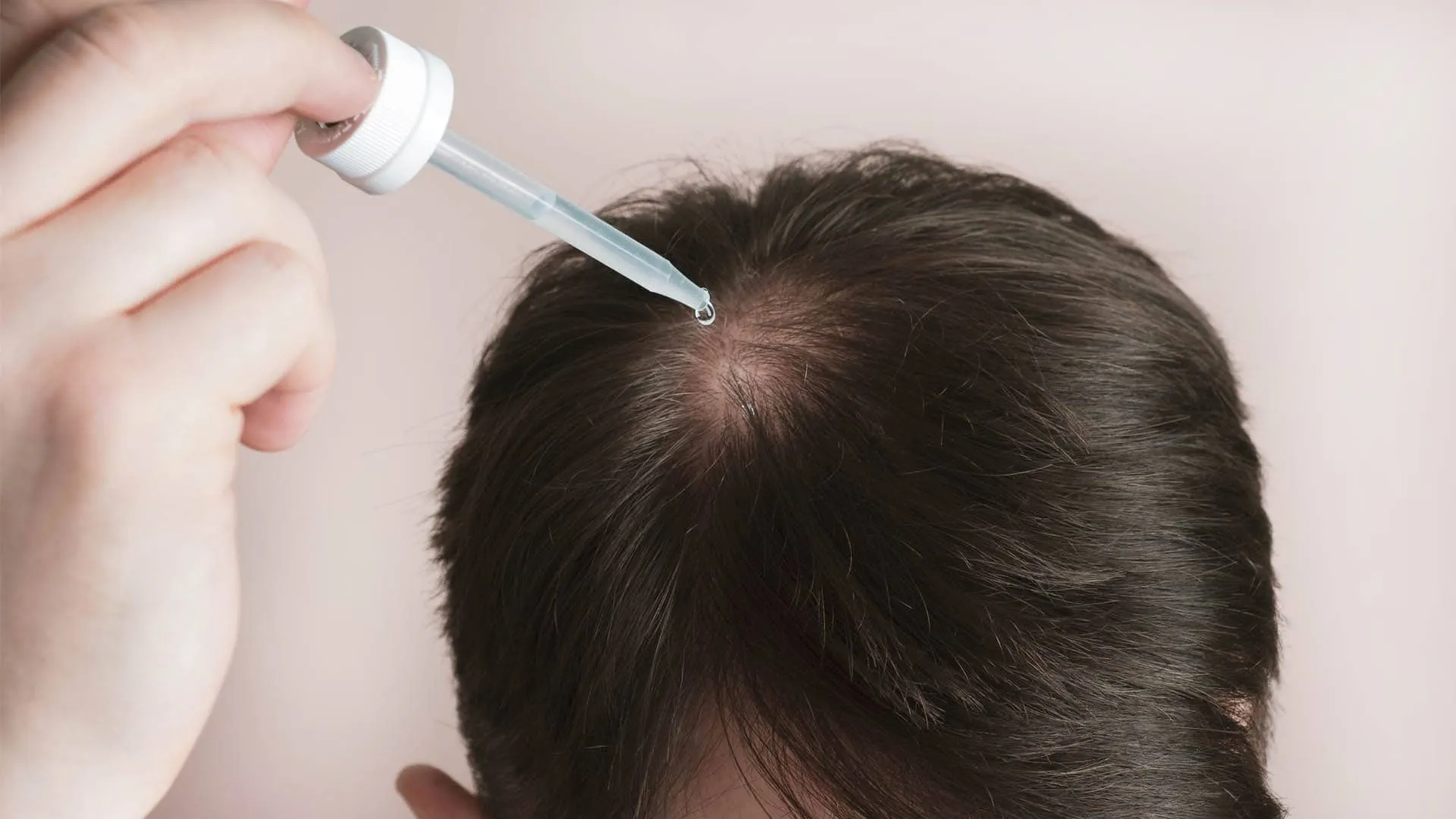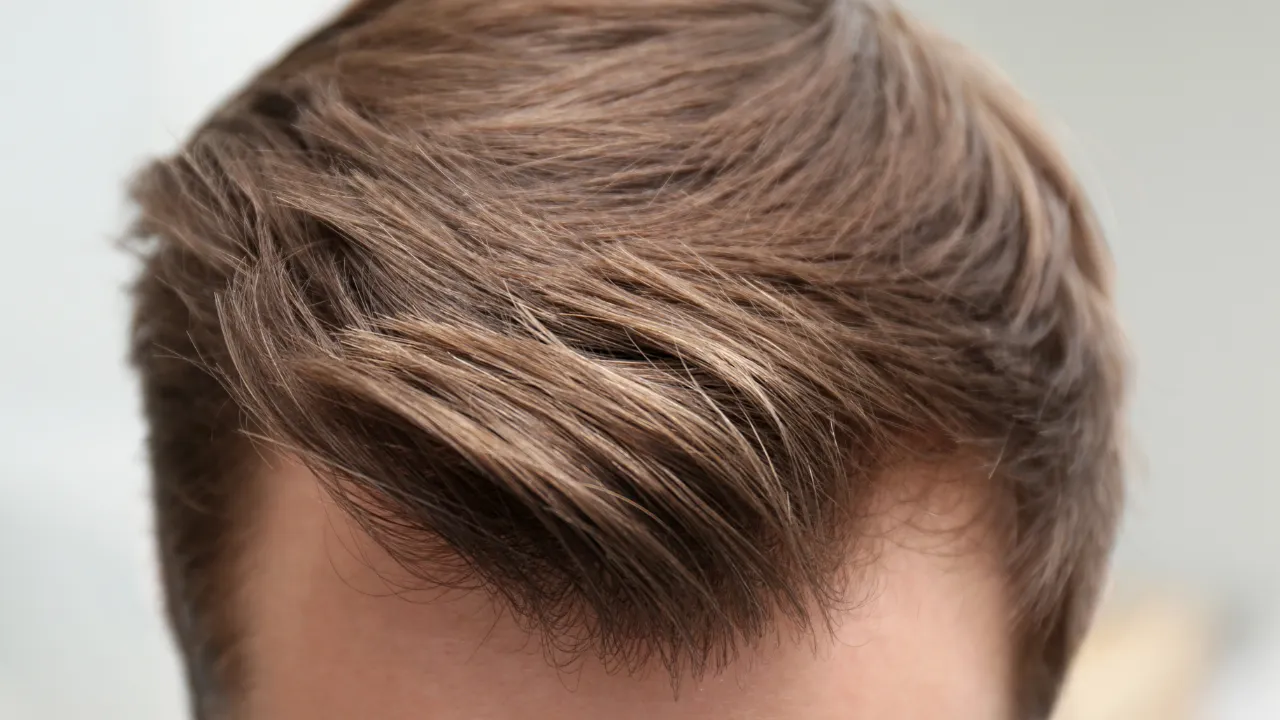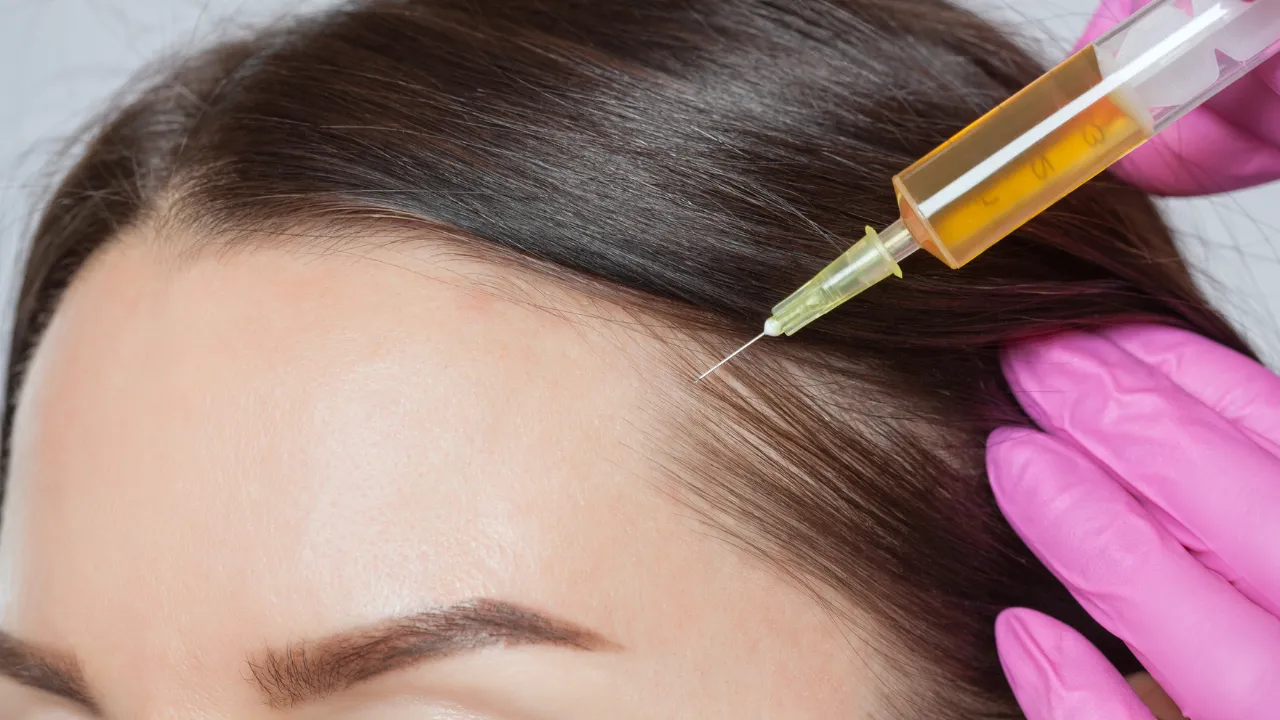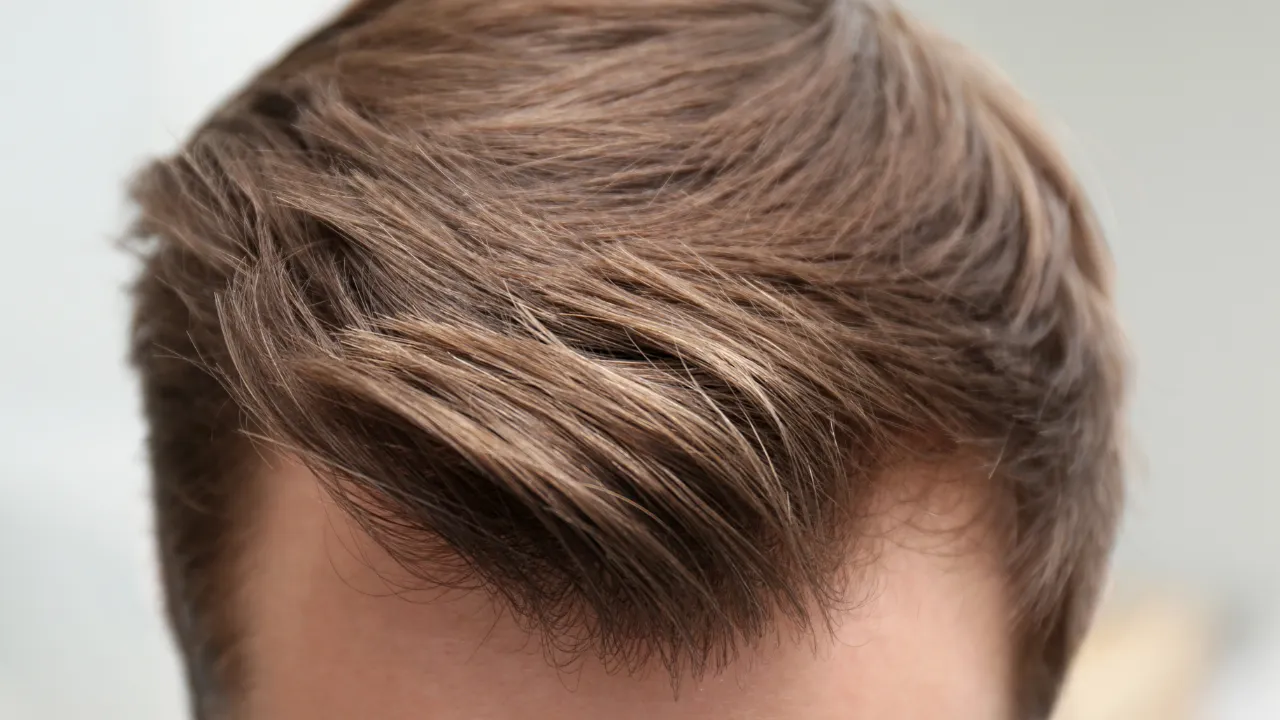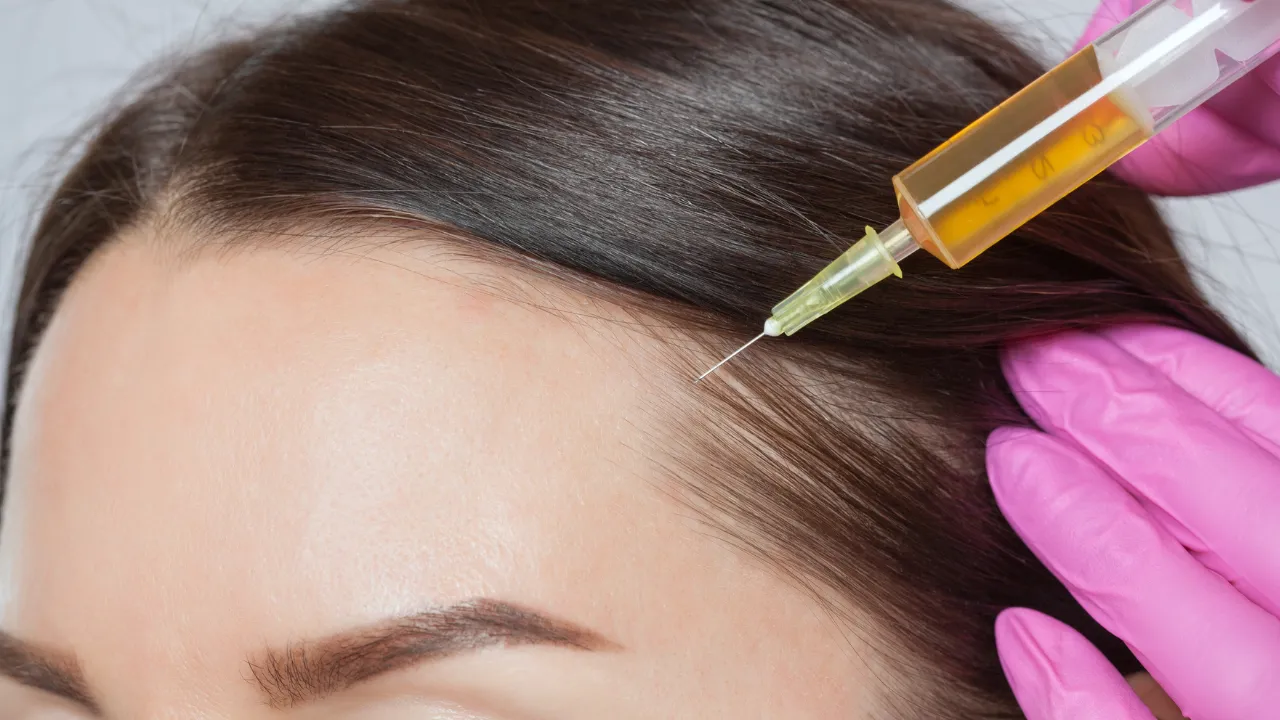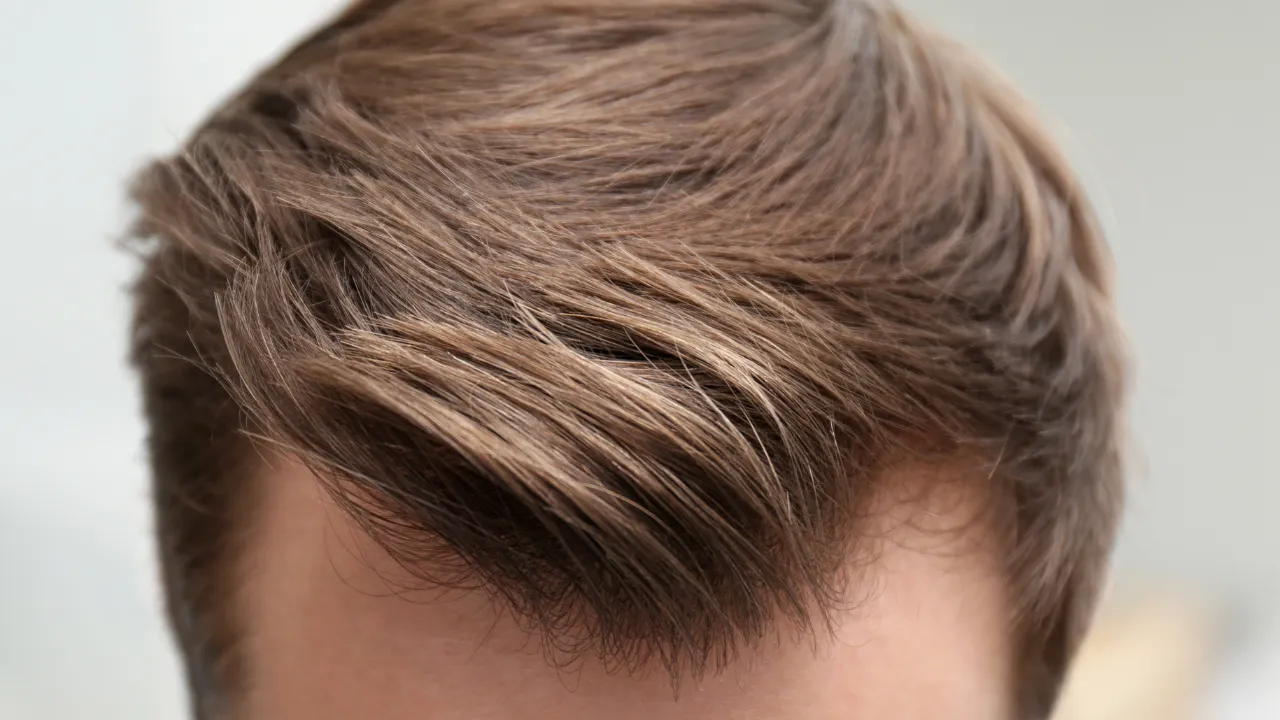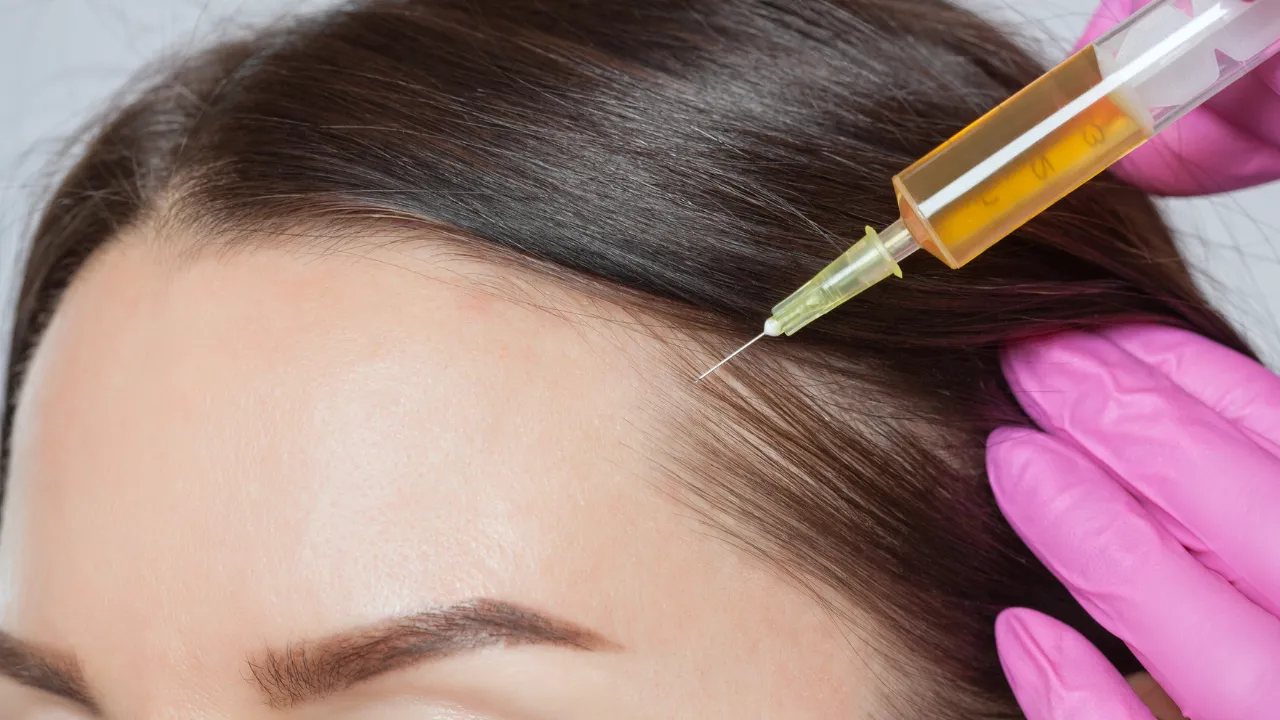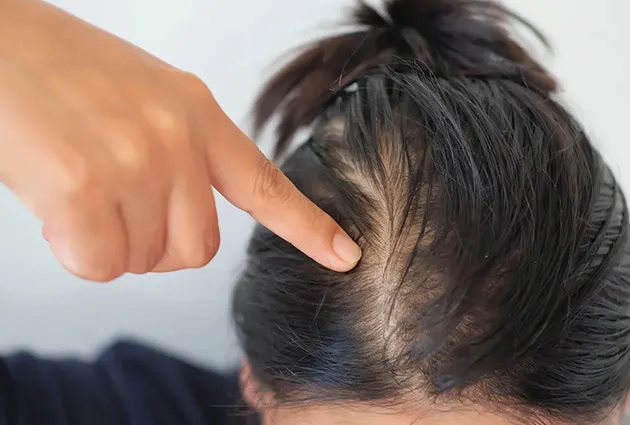Table of Contents
ToggleAt Kopelman Hair, we often hear patients ask, “How long does a receding hairline take before it becomes noticeable?” The answer depends on factors like age, genetics, and hair care habits, but understanding the timeline can help you act early.
With over 40 years of expertise, Dr. Kopelman provides accurate guidance and tailored treatment plans to help patients slow, stop, or reverse the process through proven hair restoration techniques.
Key Takeaways
- A receding hairline can start as early as the late teens, with progression speed varying from a few years to several decades depending on genetics and health factors.
- Early detection through self-monitoring and awareness of subtle signs offers the best chance to slow or reverse hairline recession.
- Treatment options range from topical and oral medications to PRP therapy and hair transplants, each with specific timelines and costs.
- Healthy lifestyle choices, such as balanced nutrition, stress management, and gentle hair care, can help support hairline stability and treatment success.
- Consulting an experienced specialist like Dr. Kopelman early allows for a personalized plan and more effective, long-term results.
To provide accurate information, this guide references reputable sources such as the American Academy of Dermatology and peer-reviewed dermatology journals. These sources report that hairline recession is most often linked to androgenetic alopecia, commonly known as male pattern baldness, which affects up to 50% of men by age 50.
Studies confirm that early intervention can slow progression, especially when treatment begins before significant follicle miniaturization or thinning hair occurs.
Understanding Hairline Changes
When does a hairline start receding
A receding hairline often starts between the late teens and early 30s, depending on genetics. For some men, the first signs of male pattern baldness appear shortly after puberty when hormonal changes affect hair growth.
In women, hairline changes are less common early in life but may occur with hormonal shifts such as pregnancy or menopause.
The first sign is usually a gradual shift at the temples or the middle of the forehead. Because this change is slow, it’s easy to overlook until it’s visible in photos or mirrors.
How quickly can a hairline recede
The speed of hairline recession varies widely. In some cases, changes develop over decades; in others, visible hair thinning at the temples can occur within a few years. Rapid progression often indicates strong genetic factors or medical conditions such as male pattern baldness.
Tracking your hairline with regular photos can help determine the rate of change and guide timely treatment decisions.
Mature hairline vs receding
A mature hairline is a normal shift about 1–2 cm higher on the forehead, usually in the late teens or early twenties. This change is symmetrical and stable.
A receding hairline continues to move backward and may become uneven, with deeper loss at the temples or top of the head. Recognizing the difference is essential so treatment starts only when needed.
Early Signs You Should Watch For
Recognizing the first signs of male pattern hair loss allows for earlier, more effective treatment. Common indicators include:
- Gradual temple thinning is noticeable in bright lighting.
- Increased visibility of the scalp at the hairline.
- A widening part or less dense frontal hair.
- Persistent shedding of over 100 hairs per day for several weeks.
If you notice more than one sign, consider taking progress photos every month. This self-monitoring can help track changes and provide evidence during a consultation with Dr. Kopelman.
Receding hairline stages
Hairline recession is often described in stages:
- Stage 1 – Minimal change, detectable only on close examination.
- Stage 2 – Noticeable temple recession but still within normal variation.
- Stage 3 – Deeper recession forming an “M” shape.
- Stage 4–5 – Continued loss at temples and crown, sometimes merging into a bald spot.
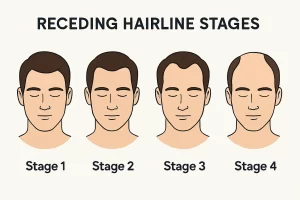
Identifying your stage helps set realistic expectations for regrowth and treatment outcomes.
Prevention Strategies to Slow Recession
While genetic factors cannot be changed, adopting certain habits can help delay progression.
- Reduce stress – Chronic stress can disrupt the hair growth cycle.
- Gentle styling – Avoid tight ponytails, braids, or heated tools.
- Balanced nutrition – Ensure enough protein, zinc, iron, and vitamin D.
- Scalp care – Protect from sun damage with hats or SPF products.
Combining these measures with medical advice from Dr. Kopelman may help maintain your hairline longer and improve the success of hair loss treatments.
Hairline Recovery and Regrowth
Will a receding hairline grow back?
Whether hair grows back depends on the cause. If hair loss is due to temporary factors like stress, poor nutrition, or certain medications, recovery is often possible. If it’s caused by a type of hair loss such as male pattern baldness, regrowth without treatment is less likely.
Dr. Kopelman advises early evaluation so patients can begin treatments before follicles stop producing hair.
How long does it take for a receding hairline to grow back?
For responsive cases, improvement may appear in 3–6 months, with optimal results at 12 months or longer. Hair growth cycles are slow, and consistency with treatment is key.
Minoxidil and finasteride can promote hair growth, but results vary based on how advanced the recession is at the start.
Natural and targeted regrowth methods (includes frontal hairline tips)
Some prefer starting with lifestyle-based approaches before medical treatment:
- Improving diet to ensure adequate protein, iron, and vitamins.
- Reducing stress through exercise or relaxation techniques.
- Avoiding hairstyles that pull on the hairline.
Targeted medical solutions such as platelet-rich plasma (PRP) therapy or hair transplants often produce more reliable results, particularly in the frontal hairline area.
From Recession to Baldness
How long does it take to go bald after a receding hairline
The transition from a receding hairline to significant baldness can take 5–25 years, depending on genetics, age, and treatment. In some cases with aggressive patterns, large bald spots may develop within a decade.
By identifying the rate of change early, it’s possible to slow or halt progression.
When to See a Specialist
If your hairline changes are noticeable in less than a year, it’s time for a professional evaluation. Rapid progression often requires treatment to slow further loss.
Patients with a family history of early baldness, or those who have tried treatments for six months without improvement, should seek advice sooner.
For example, one patient in his late 20s noticed hair thinning and an early-stage temple recession within eight months. With early diagnosis and treatment, he maintained a stable hairline for over five years.
Another in his 40s reversed early frontal thinning through PRP therapy and topical treatment. These cases show that timely intervention can make a difference.
Treatment Options and Timelines
Can you really fix a receding hairline?
While there is no universal cure, many cases can be improved. Success depends on early detection, correct diagnosis, and adherence to a plan.
Treatment can slow loss, improve density, and restore a natural appearance, but outcomes depend on the individual’s stage of hair loss.
Medical and surgical treatments with expected results
Medical treatments:
- Minoxidil may slow hair loss and encourage regrowth, resulting in 3–6 months of noticeable improvement.
- Finasteride often used for male pattern baldness, typically results in hair regrowth within 6–12 months.
- PRP therapy uses the patient’s plasma to stimulate follicles, requires multiple sessions.
Surgical options:
- Hair transplant surgery – Relocates healthy follicles for permanent restoration. Modern techniques provide natural results with minimal downtime.
- Expected results – Transplanted hair grows after 3–4 months, with full results at 12–18 months.
Cost and Timeframe Expectations
Costs vary:
- Topical medications – $20–$60/month; results in 3–6 months.
- Oral medications – $30–$100/month; benefits in 6–12 months.
- PRP therapy – $1,500–$3,500/session; 3–4 sessions recommended.
- Hair transplant surgery – $15,000–$25,000; results in 12–18 months.
Factors That Affect Hairline Progression
Genetics and hormonal influence
Genetics play the biggest role in determining if and when a hairline starts receding. Androgens like DHT can shrink hair follicles over time.
If close relatives have experienced early hair loss, the likelihood increases.
Age, stress, and lifestyle habits
Aging changes hair growth cycles, but stress, poor diet, and smoking can accelerate the process. Combined with genetics, these can make you lose hair faster.
Healthy habits support treatments:
- Eating nutrient-rich foods.
- Staying active.
- Managing stress.
Understanding how long a receding hairline takes to progress allows patients to make informed prevention and treatment decisions. At Kopelman Hair, Dr. Kopelman provides expert evaluations and personalized hair restoration solutions to protect and restore your hairline.
If you’re ready to address your hairline concerns, contact Kopelman Hair today to schedule your consultation and receive a tailored treatment plan.


